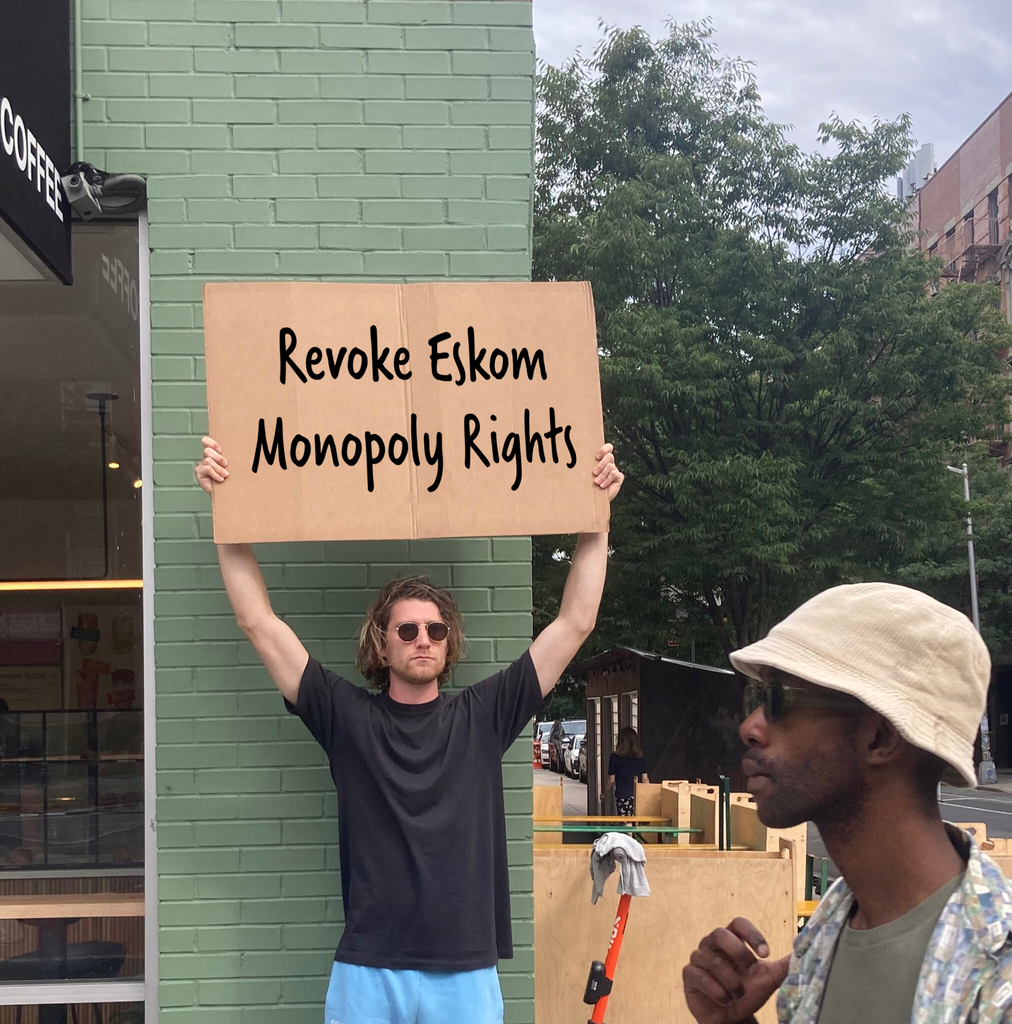
Yes, you read this right 😉. Their power stations aren’t ancient. Kusile didn’t cost millions and is not a disaster waiting to happen. I hope you understand that I’m being super sarcastic here. However, there is a different angle I would like to add to this piping-hot topic.
The year is 1923, March the 1st, to be exact, and there is the first breakthrough in the energy sector, namely the commercial use of electricity for the South African economy. A “vertically integrated” monopolistic coal-powered Electricity Supply Commission (ESCOM) was established and supplied more than 80% of electricity generated in South Africa. No wonder the entity has always been portrayed as picture-perfect.
With Eskom’s perfect image as an efficient energy supplier for over 60 years, they cannot recognise their mistakes, greed, mismanagement and corruption.
As Eskom grew, it gradually took over private, independent power plants until 1948, when it became a vertically integrated national power company responsible for generation, transmission, and distribution (although distribution continued to be controlled by local governments). As a producer of cheap electricity for mining, industry, and railroads, it has become a major driver of the Mineral Energy Complex (MEC) and large private monopolies.
This is where the problem lies, and it’s all system related. Eskom’s initial power capacity was designed to serve only the country’s minority (constituting less than 10% of the population) and metropolitan areas. It did this for over 5 decades; the government buried electricity problems, still traded energy to neighbouring countries, and even exported coal to European countries. On the surface level, there was no need for urgency to increase or venture into other energy resources by the ruling government.
Fast forward to democracy in 1994, where we saw the country abolishing the vile apartheid regime and introducing the Constitution of South Africa, amending its laws to be fair and inclusive of all who live in The Rainbow Nation. This meant previously excluded groups in the country would now have full human rights and access to electricity and adopt the mixed economic system. That’s when the pre-existing cracks became more evident in all the country’s public institutions, including Eskom.
Eskom’s capacity is not designed to meet the estimated 100% of the energy needs of the South African population. The introduction of the mixed economy in 1994 opened the economy to other energy-intensive markets like the technology sector, improving other industries that began integrating their technology use. Unfortunately, it won’t work with such an unstable limited energy capacity. Economists estimate that blackouts in the country cost the economy billions of Rands daily, affecting businesses of all sizes and types. No investor wants to lose money; it leaves a bitter taste in their mouths.
This issue does not only affect big businesses; small to medium-scale businesses are the most scorched by constant power cuts. Unlike big companies, most small businesses don’t have contingency plans, like insurance and other alternative energy sources, which come with high maintenance, installation and premium costs.
This defeated the government’s Vuk’uzenzele initiative, which was launched in October 2005, as a way to combat the country’s rapidly rising unemployment rate and encourage entrepreneurship, especially among the youth.
Regarding employment, environmental organisations like Greenpeace Africa, economists and scientists have conducted vigorous job market research and concluded that the renewable energy sector would provide more jobs if given a chance. An ambitious energy transition scenario in line with the Paris Agreement’s 1.5C target is projected to generate about 60% more energy-sector jobs globally. This would mean around 48 million jobs created in the 1.5°C scenario compared with around 30 million jobs in the 5°C scenario (ISF, 2019).
According to Greenpeace, 4.7 million jobs will be created by 2050 across energy sectors in Africa through a shift to renewable energy. Direct employment in projects under South Africa’s Renewable Energy Independent Power Producer Procurement Programme rose from 17 800 job years in 2014 to 45 450 by mid-2019 – 82% of these jobs were in construction, the remainder in operations (IPPPP, 2020). Plant and machine operators and assemblers would see the largest job increase – over 300% – with electricians and labourers close behind (more than 200%).
South Africa’s National Energy Regulator is the only governing body that can set the prices consumers can be charged for electricity, Eskom said, which, in my opinion, is unfair. How do we have fair tariffs when only one player is controlling supply? They do not have competition or any opposition; they operate on a “Take it or Leave it” basis. If the country refuses price hikes, we get a stage 6 beating.
Even if Eskom transitions to alternative energy sources, ordinary South Africans will feel the burn of high tariffs, including other costs, for as long as Eskom has the sole power to influence both the price and supply of electricity. The monopolistic tyranny of Eskom makes entry to the market harder and impossible for other suppliers. Hence my plea to parliament is to revoke Eskom’s monopoly dominion so that other suppliers can enter the electricity market. This will create a competitive market and affordable energy prices for ordinary South Africans.
Whether parliament decides to keep Eskom as a government entity, I don’t care. Also, changing from one political party to another won’t solve the country’s energy crisis. We want the monopolistic powers Eskom uses to abuse its privilege as the sole supplier to be revoked. We witnessed this happening within the telecommunications sector with Telkom in the 90s, and it lost its dominance; hence South Africa now has a very competitive telecoms market, where both supply and demand factors are in play (prices are fair and affordable for ordinary consumers). The sooner Eskom’s monopoly ends, the better!
#PhansiWithEskom #DemonopoliseEskom
Picture source: @GuyWithSign
